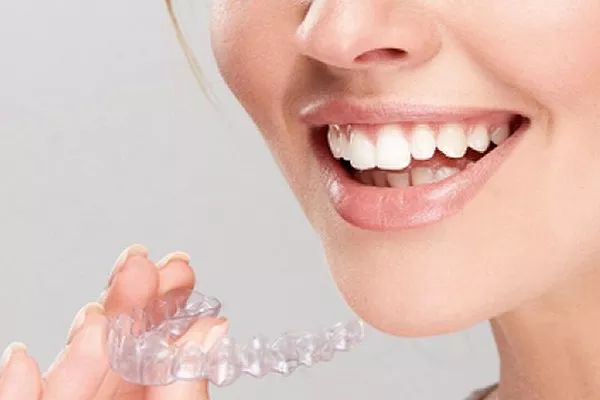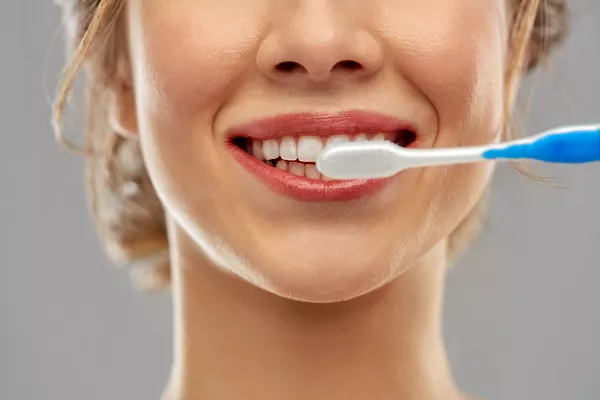Teeth whitening strips have gained popularity as a convenient at-home solution for achieving a brighter smile. However, some users experience discomfort or sensitivity while using these strips, raising concerns about their safety and effectiveness. In this article, we delve into the reasons why teeth whitening strips can sometimes cause discomfort, explore potential solutions, and offer insights for a more comfortable whitening experience.
Understanding Teeth Whitening Strips
Teeth whitening strips are thin, flexible plastic strips coated with a gel containing peroxide-based whitening agents. These strips are placed directly onto the teeth and are designed to gradually lighten tooth color over a period of days or weeks. While they can provide noticeable results, some users may experience sensitivity or discomfort during or after use.
Common Reasons for Discomfort
Sensitivity to Peroxide: The active ingredient in most teeth whitening strips is hydrogen peroxide or carbamide peroxide. These chemicals can cause temporary sensitivity in some individuals. When the peroxide penetrates the enamel to whiten the dentin beneath, it can irritate the nerve endings inside the tooth, resulting in discomfort.
Gum Irritation: Improper placement of the strips can lead to contact between the gel and the gums. This can cause irritation and even chemical burns in severe cases.
Duration of Use: Leaving the strips on for longer than recommended can increase the likelihood of sensitivity. Overusing the strips may lead to excessive exposure to the whitening agents.
Pre-existing Sensitivity: Individuals who already have sensitive teeth may be more prone to experiencing discomfort when using teeth whitening strips.
Mitigating Discomfort: Tips and Solutions
Choose the Right Product: Opt for teeth whitening strips that are designed for sensitive teeth. These products contain lower concentrations of whitening agents and are gentler on the teeth.
Follow Instructions: Always follow the manufacturer’s instructions carefully. Overuse or prolonged use can increase sensitivity and discomfort.
Limit Frequency: Space out the use of teeth whitening strips to allow your teeth time to recover from any sensitivity. For instance, use them every other day instead of daily.
Shorter Application Time: If discomfort persists, try reducing the recommended application time. Gradually increase the time as your teeth become accustomed to the whitening agents.
Desensitizing Toothpaste: Using a desensitizing toothpaste can help alleviate sensitivity and strengthen tooth enamel before using whitening strips.
Consult a Dentist: If you experience severe discomfort, consult your dentist before continuing with teeth whitening treatments. They can provide guidance and recommend alternatives.
Long-term Benefits and Temporary Discomfort
It’s important to note that while some discomfort may occur during teeth whitening, the benefits of a brighter smile can outweigh this temporary inconvenience. Teeth whitening strips, when used correctly, can provide noticeable improvements in the shade of your teeth, boosting your confidence and overall appearance.
Conclusion
Teeth whitening strips can be an effective method for achieving a whiter smile, but some users may experience discomfort or sensitivity during or after use. The sensitivity is often a result of the peroxide-based whitening agents penetrating the enamel and irritating the nerve endings inside the tooth. To mitigate discomfort, individuals can choose sensitive-friendly products, follow instructions closely, limit frequency, and consider using desensitizing toothpaste. If discomfort persists, consulting a dentist is recommended.
Ultimately, the key to a successful teeth whitening experience lies in a balanced approach: achieving the desired aesthetic improvements while ensuring your oral health and comfort. Remember that individual responses to teeth whitening treatments vary, so it’s essential to prioritize your own comfort and seek professional guidance when needed.
Related Topics:































